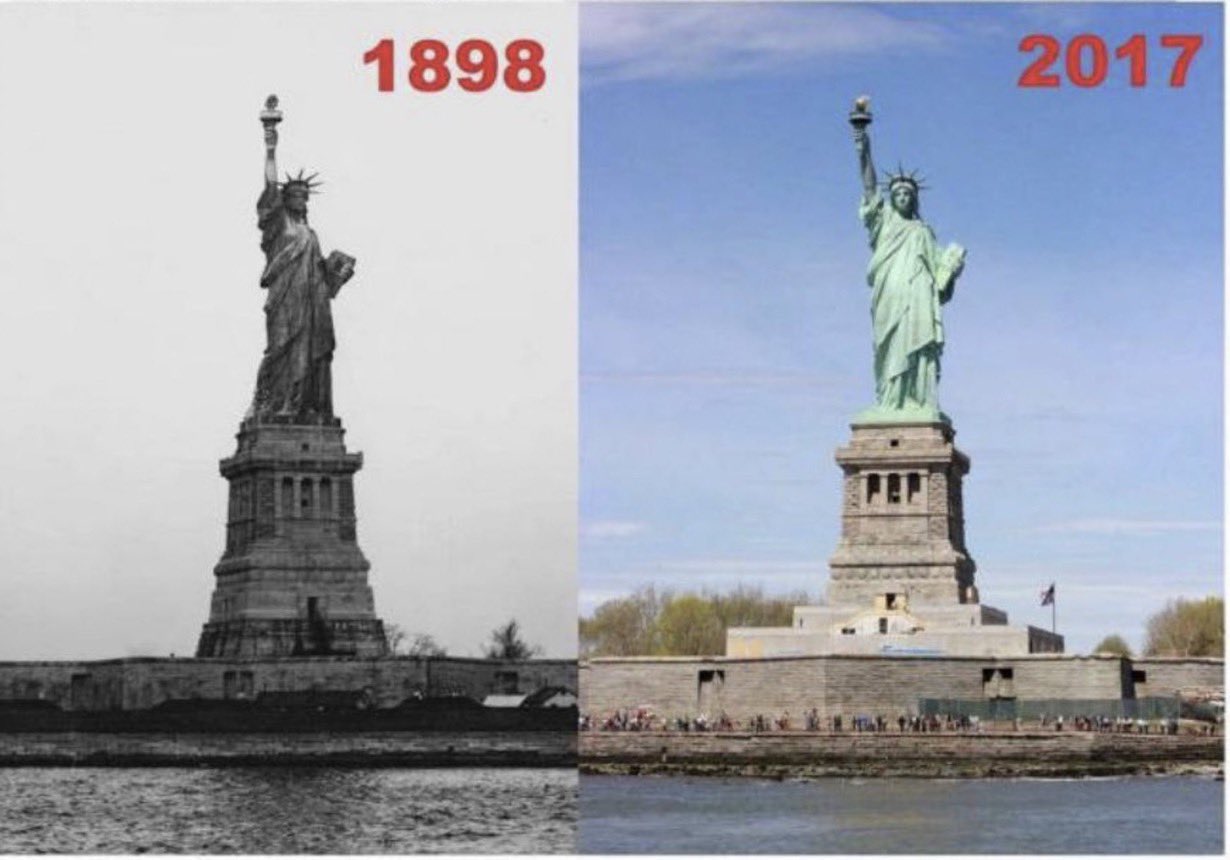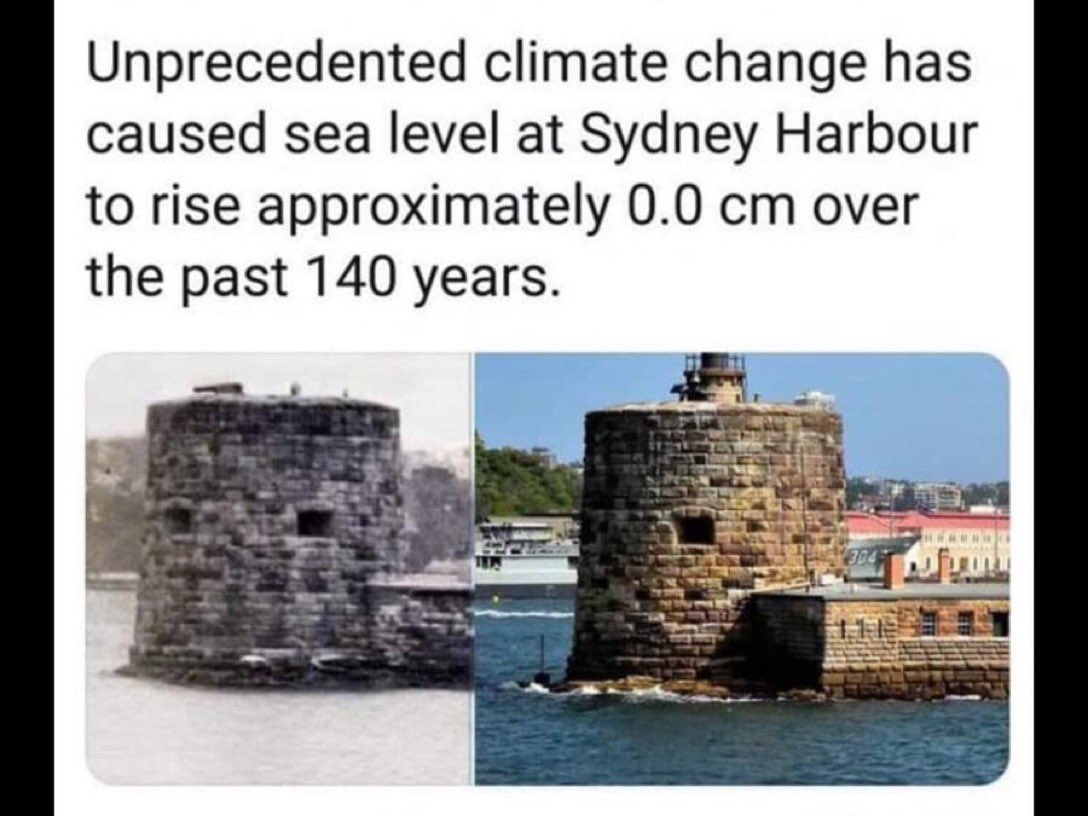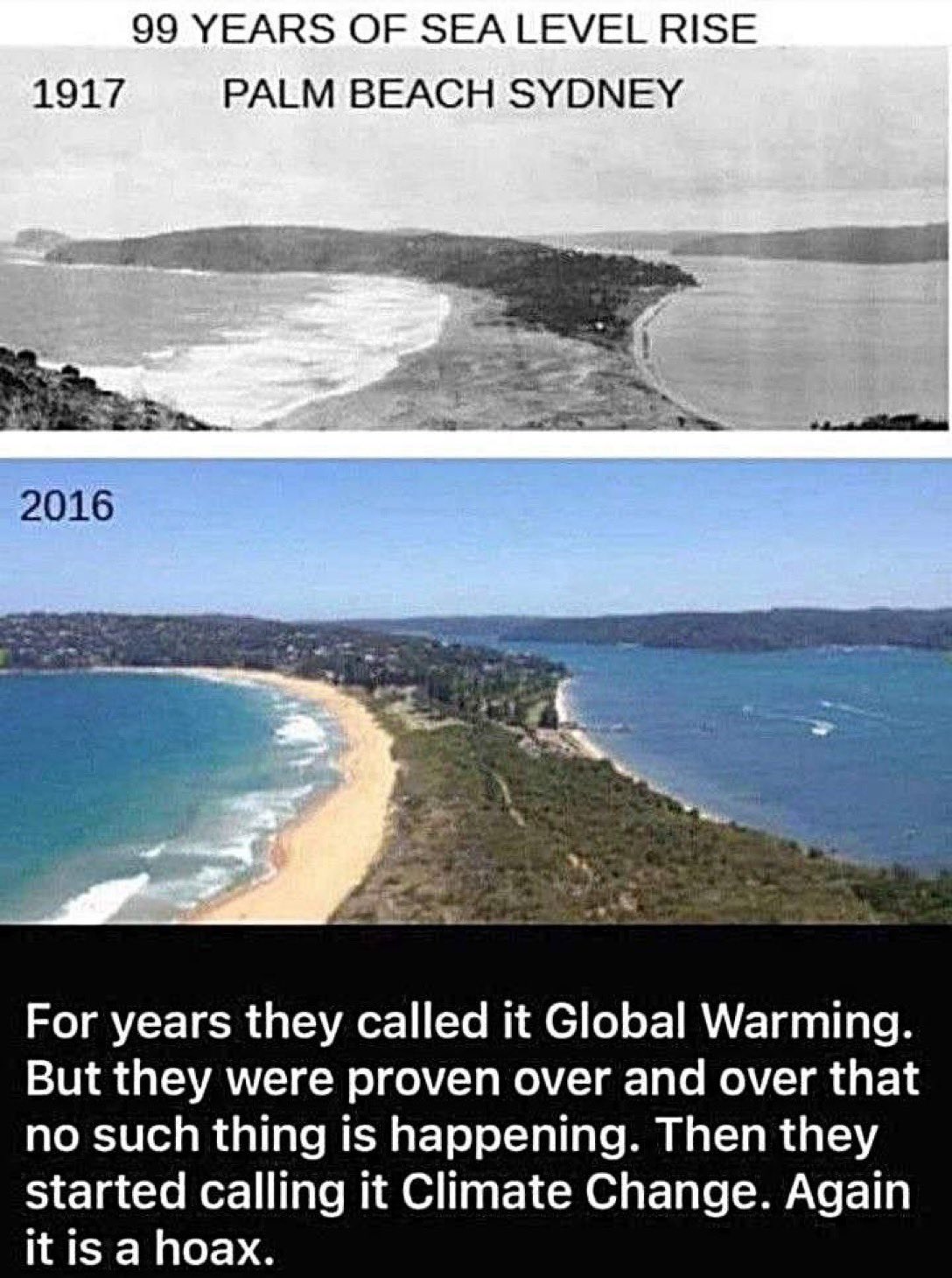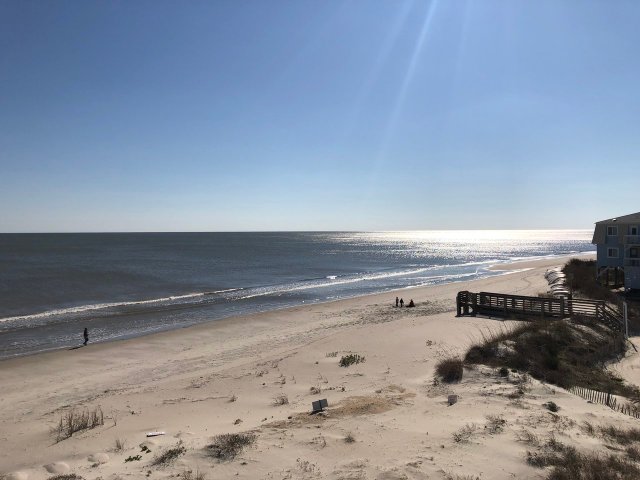Devastating proof of sea levels rising? This is disturbing.








Follow along with the video below to see how to install our site as a web app on your home screen.

Note: This feature currently requires accessing the site using the built-in Safari browser.




And no insurers will insure them.One might take a hint from the people most likely to be concerned about sea level rising: Florida mortgage bankers.
Oddly enough, they are currently granting thirty-year mortgage loans on property in every coastal area in Florida.
What do they know that we don't?
Riggght, the tides stopped the sea level riseYes, deniers literally are so goddamned stupid, they don't know what tides are.
Nor do they undersdtand that Plymouth rock has been moved several times.
Sweet Jeebus, deniers are dumb.
Brace yourself, sea rise has quite a few hundred feet to go over the next several thousand years.Yes, deniers literally are so goddamned stupid, they don't know what tides are.
Nor do they undersdtand that Plymouth rock has been moved several times.
Sweet Jeebus, deniers are dumb.
Devastating proof of sea levels rising? This is disturbing.




How do they even keep themselves alive?Yes, deniers literally are so goddamned stupid, they don't know what tides are.
Nor do they undersdtand that Plymouth rock has been moved several times.
Sweet Jeebus, deniers are dumb.
Ok, make the other pictures go away. I don't think the Statue of Liberty, Palm Beach Sydney or the Sydney Harbor marker have been moved.......................Nor do they undersdtand that Plymouth rock has been moved several times.

How amazingly stupid.
Just, amazing.
Stay in school, kids.
Wow, that might be even dumberShow us a PHOTO of "ocean rise" or STFU!!!
Devastating proof of sea levels rising? This is disturbing.




So you can post evidence of sea level rise?You do realize that those pictures prove absolutely nothing. There is a natural process known as tides which change the sea level. It is do to several factors but mostly the gravitational effect of the moon on the seas. The result is high and low tides in the oceans around the world which changes the sea level. Winds and currents also cause changes in seal level. Only by averaging mean high and mean low tide at many location around the world can we determine the average sea level. The changes in this average over a period of years reveal whether the seas are rising or falling.
I think this is taught in 7th grade. If you haven't made it that far in your education, then come back when you do and we can have a real discussion.
From satellite and tide gauge data, we know that sea level is rising about 3.3 millimeters (0.13 inches) a year, a rate that grows by another 1 millimeter (0.04 inches) per year every decade. Thus over 100 yrs, the average sea level would be expected to rise over 17 inches.So you can post evidence of sea level rise?
Temperature increases from an additional 100ppm of CO2?

Tides occur daily, with sea levels going back to their original level after the gravitational attraction of the moons gravity has subsided.You do realize that those pictures prove absolutely nothing. There is a natural process known as tides which change the sea level. It is do to several factors but mostly the gravitational effect of the moon on the seas. The result is high and low tides in the oceans around the world which changes the sea level. Winds and currents also change sea level. Only by averaging mean high and mean low tide at many location around the world can we determine the average sea level. The changes in this average over a period of years reveal whether the seas are rising or falling.
I think this is taught in 7th grade. If you haven't made it that far in your education, then come back when you do and we can have a real discussion.
Show us a PHOTO of "ocean rise" or STFU!!!

The Younger Dryas put 10 million square miles of land underwater. You think this imaginary “sea level rise” is significant?From satellite and tide gauge data, we know that sea level is rising about 3.3 millimeters (0.13 inches) a year, a rate that grows by another 1 millimeter (0.04 inches) per year every decade. Thus over 100 yrs, the average sea level would be expected to rise over 17 inches.
Your first thought is probably so what. 17 inches is not that bad but remember that 17 inches is the average. Since many parts of the world will see sea levels rise over double the average. Most effected will be coastal regions of the western United States, the Northeast coast of the US, eastern coastline of Canada, Northern Europe, Pacific coastline of most of South America, the Atlantic coast line of Southern Africa, South Pacific Islands, Indonesia, Korea, Japan, etc.. That 17 inch average rise will be devastating to civilization since 40% of the worlds population lives with 60 miles of the ocean.
Storm surges would likely increase by 25% to 50% in most coastal areas. In addition there will a huge beach erosions, and unknown effects on sea life.

Can't 'See' Sea Level Rise? You're Looking in the Wrong Place
Recently I stayed in a lovely vacation rental at the eastern end of Ocean Isle Beach, a small town on North Carolina’s southern coast not far from Myrtle Beach, South Carolina. Located on a 5-mile-long (8-kilometer-long) barrier island, the community is separated from the mainland by the...science.nasa.gov